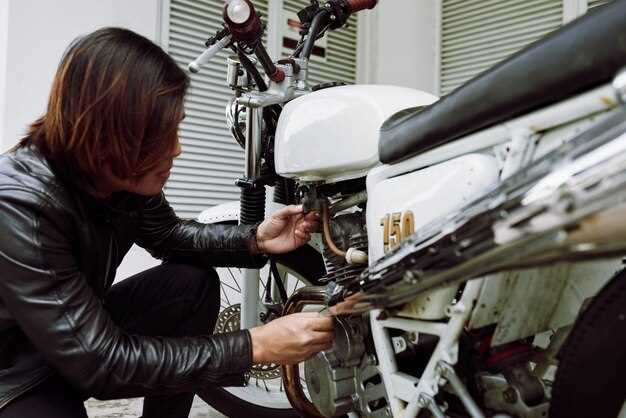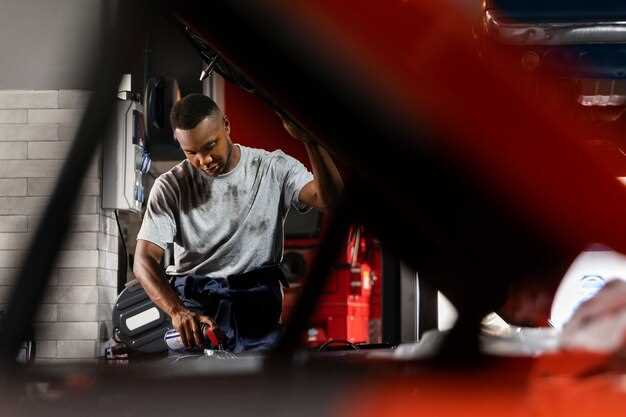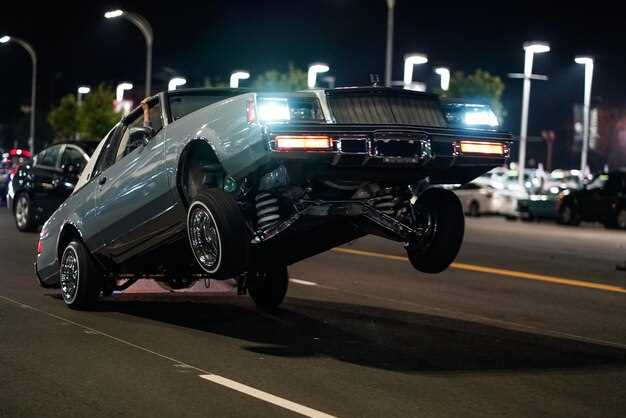
The pursuit of automotive excellence often leads enthusiasts to explore enhancements that can significantly impact both aesthetics and performance. Body kits, designed to improve aerodynamics, increase downforce, and provide a more aggressive stance, are essential components for anyone looking to optimize their vehicle for street or track use. In this article, we delve into the most sought-after body kits that cater to both performance-driven builds and eye-catching street presence.
Choosing the right body kit involves understanding the balance between functionality and style. While some kits focus on enhancing airflow and reducing drag, others prioritize a bold visual impact that stands out on the road. Top-tier kits often incorporate materials such as fiberglass, carbon fiber, and polyurethane, each offering distinct benefits in terms of weight, durability, and ease of installation. As we explore the various options available, it’s crucial to consider how each body kit aligns with your individual performance goals and aesthetic preferences.
From modified sedans to fully-fledged racing machines, the right body kit can transform your vehicle into a powerful statement of engineering prowess and artistic design. In the following sections, we will highlight the leading body kits that have gained popularity among enthusiasts and professional drivers alike, showcasing their features, benefits, and the vehicles they best complement. Prepare to elevate your build to the next level as we guide you through the top choices in body kits for both street and track performance.
Evaluating Aerodynamic Features for Your Specific Build

When enhancing your vehicle’s performance, understanding aerodynamic features is crucial for both street and track builds. Aerodynamics can significantly impact stability, handling, and speed. Here are essential aspects to consider when evaluating aerodynamic features for your specific build.
1. Downforce and Its Importance
Downforce is the vertical force that pushes the car onto the track, increasing grip and stability. For track-oriented builds, a higher downforce is generally beneficial. Look for body kits that include front splitters, rear wings, and diffusers designed to maximize downforce without adding excessive drag.
2. Drag Reduction
While downforce is crucial, minimizing drag is equally important, especially for street builds where top speed matters. Evaluate body kits that streamline airflow around the vehicle. Smooth contours, effective air intakes, and optimized rear profiles can help reduce drag, improving overall efficiency.
3. Balance of Downforce and Drag
Finding a balance between downforce and drag is key. Too much downforce can increase drag, hindering acceleration and top speed. It’s vital to select components that provide a well-balanced aerodynamic profile. It may involve compromises between aggressive styling and functional performance.
4. Material Selection
The materials used in the body kit also influence aerodynamic performance. Lightweight materials like carbon fiber reduce the overall weight while maintaining structural integrity. This can enhance handling and improve acceleration, benefiting both street and track applications.
5. Testing and Validation
Once you’ve selected a body kit, it’s essential to validate its aerodynamic performance. Utilize wind tunnel testing or computational fluid dynamics (CFD) simulations to understand how modifications affect airflow around your vehicle. Real-world testing is also beneficial to assess how the car reacts during different driving conditions.
6. Compatibility with Existing Setup
Ensure that any aerodynamic modifications are compatible with your current setup, including suspension, wheels, and engine performance. Components that work well together can enhance overall performance, while mismatched features might lead to unwanted handling characteristics.
In conclusion, evaluating aerodynamic features demands careful consideration and understanding of how various aspects influence vehicle dynamics. For optimal performance, choose body kits that cater to your specific build goals, whether for the street or circuit racing. Combining these strategies will result in a well-rounded vehicle that excels in its intended environment.
Compatibility and Fitment Considerations for Popular Models

When selecting a body kit for street and track performance builds, understanding compatibility and fitment is crucial for both aesthetics and functionality. Each vehicle model has unique specifications that dictate which aftermarket components will fit properly without requiring extensive modifications.
Firstly, consider the year, make, and model of your vehicle. Manufacturers often release multiple variations of a model in a single generation, including differences in trim levels and production changes. For instance, a body kit designed for a 2015 Honda Civic may not fit a 2016 model due to slight alterations in dimensions or mounting points. Always check the manufacturer’s specifications and compatibility charts before purchasing.
Next, assess the type of body kit being considered. Full body kits, containing front and rear bumpers, side skirts, and spoilers, usually require precise alignment with existing mounting points. It’s essential to verify that parts are designed to work as a cohesive unit to avoid alignment issues and ensure optimal performance. Mismatched components can lead to gaps, misalignment, and, in more extreme cases, safety hazards while driving.
Material choice can also affect fitment. Common materials for body kits include fiberglass, urethane, and carbon fiber. Fiberglass kits may require more labor to fit due to their rigidity and potential for cracking. In contrast, urethane kits are more flexible and often easier to align with factory components. However, the choice of material should also take weight and aerodynamics into account, especially for track-focused builds.
Lastly, vehicle suspension modifications may impact how a body kit fits. Lowered suspension can change the ride height, potentially affecting the clearance of bumpers and side skirts. For vehicles equipped with wider tires or aftermarket wheels, it’s important to ensure that the body kit accounts for increased width, avoiding any rubbing issues or tire interference when turning.
In summary, thoroughly researching compatibility, understanding the fitment process, and accounting for modifications will help ensure that your body kit enhances the look and performance of your vehicle without compromising safety or functionality.
Installation Process: DIY vs. Professional Help
When considering the installation of a body kit for street or track performance builds, one must weigh the benefits and drawbacks of a DIY approach against professional assistance. Each option carries its own set of challenges and rewards, which are crucial to understand before making a decision.
A DIY installation can be appealing for car enthusiasts who enjoy hands-on projects and wish to save on labor costs. This option allows for greater customization and personal satisfaction, as you have complete control over the process. Many body kits come with detailed instructions, and with the right tools, skills, and patience, you can achieve satisfactory results. However, it’s essential to have a clear understanding of the required procedures and potential pitfalls. Misalignment or improper installation can lead to aesthetic issues or affect vehicle performance negatively.
On the other hand, seeking professional help can offer peace of mind and a guarantee of quality. Experienced technicians are familiar with the nuances of different body kits and the specific requirements of various vehicles. A professional installation typically ensures that the kit is fitted correctly, adhering to safety standards and optimizing functionality. Although this option may be more costly upfront, it can save time and mitigate the risk of future issues related to misinstallation.
Ultimately, your decision should be based on your comfort level with automotive work, the complexity of the body kit, your budget, and the time you are willing to invest. If you are confident in your skills and have the necessary tools, DIY may be a rewarding path. Conversely, if you prefer a flawless finish and assurance, enlisting professional help might be the better route.


